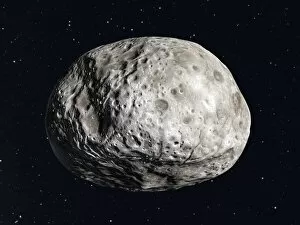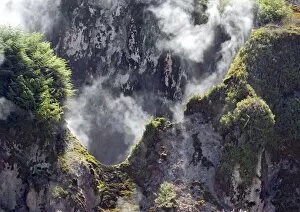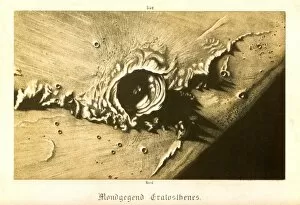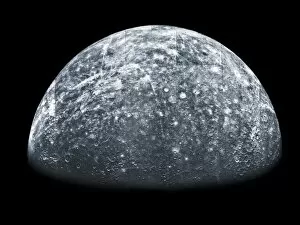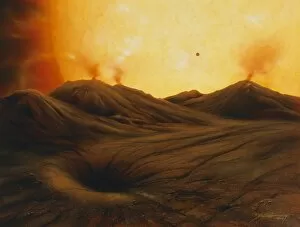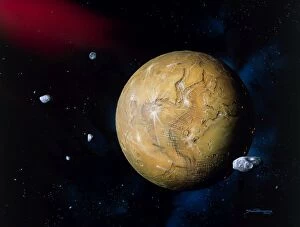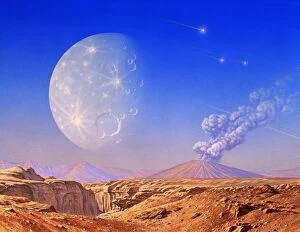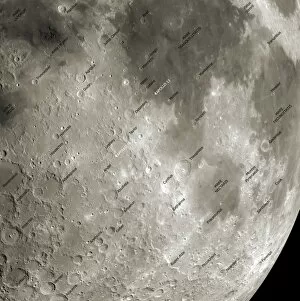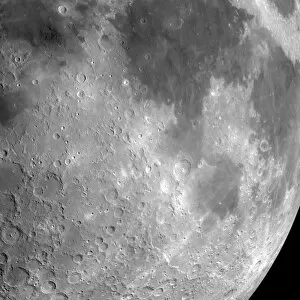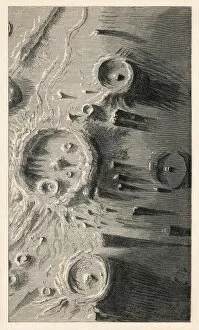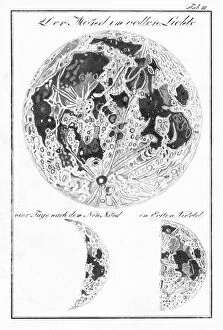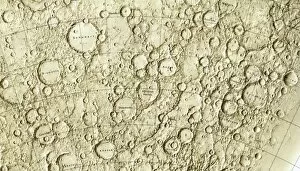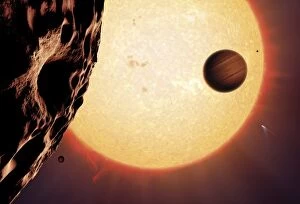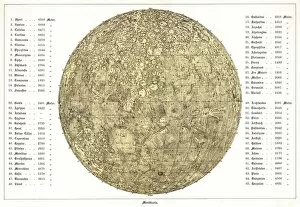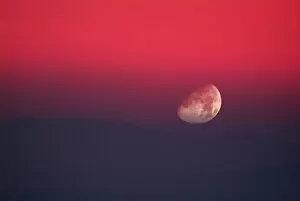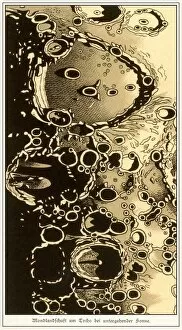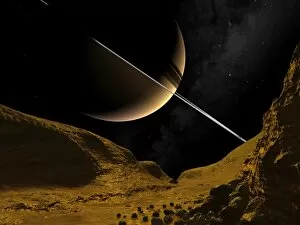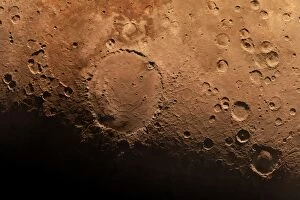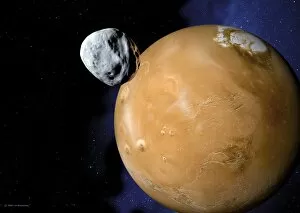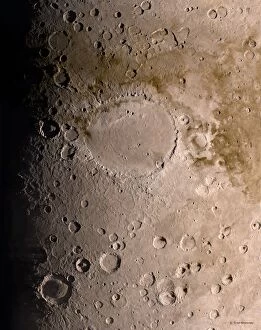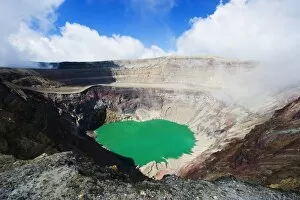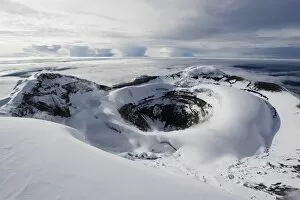Craters Collection (#9)
"Exploring the Mysteries of Craters: From Lunar Landscapes to Celestial Wonders" Full Moon
For sale as Licensed Images
Choose your image, Select your licence and Download the media
"Exploring the Mysteries of Craters: From Lunar Landscapes to Celestial Wonders" Full Moon: A mesmerizing sight that unveils countless craters scattered across the lunar surface, reminding us of the celestial forces shaping our universe. Barringer Meteor Crater - 3/4 mile wide: Located East of Flagstaff, Arizona, USA, this colossal crater serves as a testament to the immense power and impact of extraterrestrial objects on Earth's terrain. Earth Rising Above the Moon's Horizon: Witnessing our home planet emerge from behind the lunar landscape highlights both its fragility and resilience against cosmic phenomena like craters. Lunar Surface Artwork: Artists capture the ethereal beauty and intricate details of moon craters through their creative interpretations, offering a unique perspective on these otherworldly formations. Far Side of the Moon: Concealed from our view for centuries, this enigmatic region holds untold secrets within its unexplored craters, beckoning humanity to uncover its mysteries someday. Spacecraft on the Moon - Lunar Map: Mankind's quest for knowledge has led us to send spacecraft to map lunar terrain meticulously, revealing an astonishing array of diverse craters dotting its surface. Mars' Moonscape: Just like our own moon, Mars boasts a captivating collection that bear witness to ancient impacts and geological transformations throughout its history. Saturn's Moon Dione - Cassini Image: Even in distant realms beyond Earth's reach lies Dione with its pockmarked surface adorned by majestic craters—a testament to cosmic artistry at play. Waxing Gibbous Moon - Computer-Enhanced Wonderment: Technology allows us to enhance images capturing every detail etched into a waxing gibbous moon—crisp shadows accentuating each crater’s uniqueness. Full Moon Splendor.

